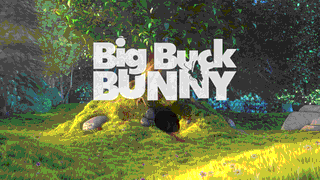Google’s Chrome browser has made me phenomenally lazy. I don’t even attempt to type proper, complete URLs into the address bar anymore. I just type something vaguely related to the address and let the search engine take over. I saw something weird when I used this method to visit Archive Team’s site:

There’s greater detail when you elect to view more results from the site:

As the administrator of a MediaWiki installation like the one that archiveteam.org runs on, I was a little worried that they might have a spam problem. However, clicking through to any of those out-of-place pages does not indicate anything related to pharmaceuticals. Viewing source also reveals nothing amiss.
I quickly deduced that this is a textbook example of website cloaking. This is when a website reports different content to a search engine than it reports to normal web browsers (humans, presumably). General pseudocode:
if (web_request.user_agent_string == CRAWLER_USER_AGENT) return cloaked_data; else return real_data;
You can verify this for yourself using the wget command line utility:
$ wget --quiet --user-agent="Mozilla/5.0" \
http://www.archiveteam.org/index.php?title=Geocities -O - | grep \<title\>
<title>GeoCities - Archiveteam</title>
$ wget --quiet --user-agent="Googlebot/2.1" \
http://www.archiveteam.org/index.php?title=Geocities -O - | grep \<title\>
<title>Cheap xanax | Online Drug Store, Big Discounts</title>
I guess the little web prank worked because the phaux-pharma stuff got indexed. It makes we wonder if there’s a MediaWiki plugin that does this automatically.
For extra fun, here’s a site called the CloakingDetector which purports to be able to detect whether a page employs cloaking. This is just one humble observer’s opinion, but I don’t think the site works too well:
Continue reading

